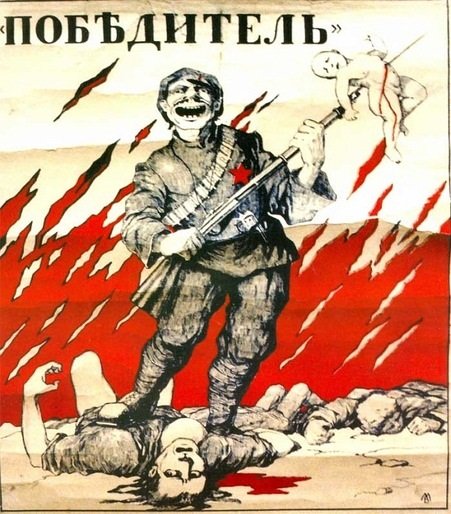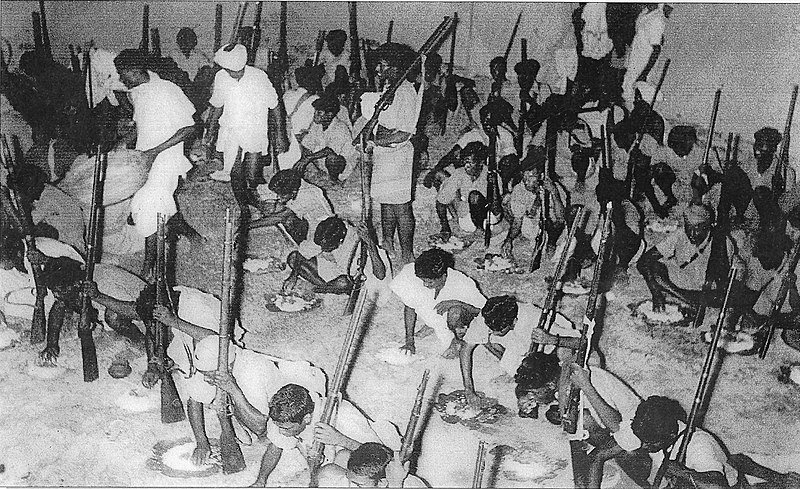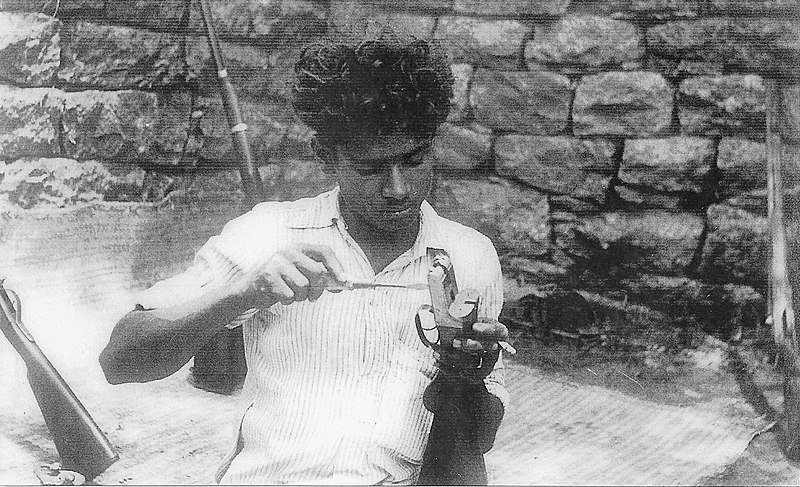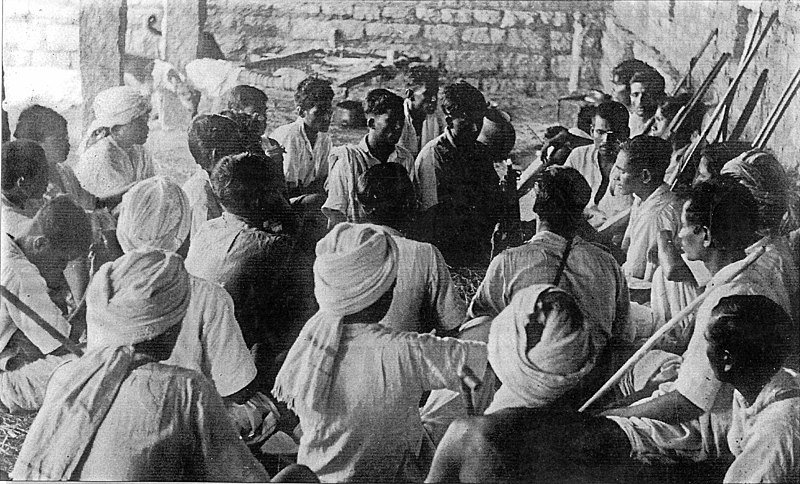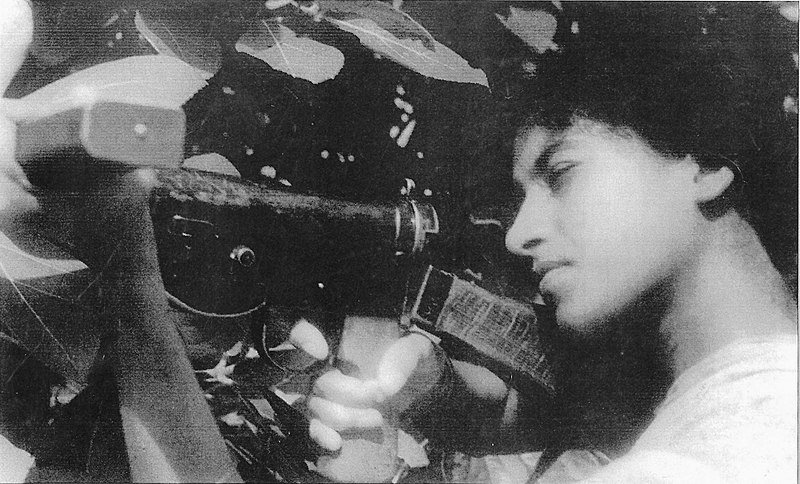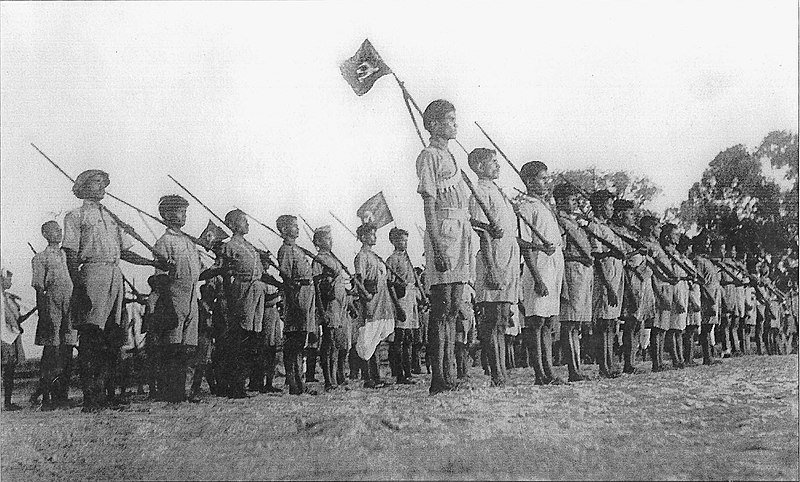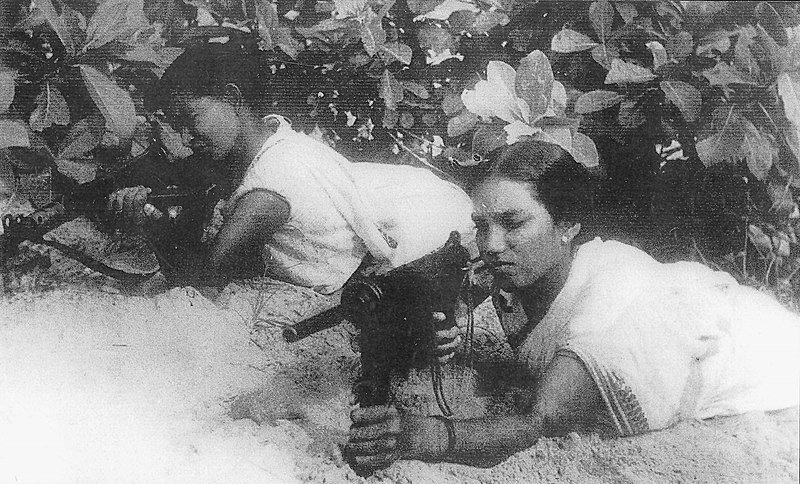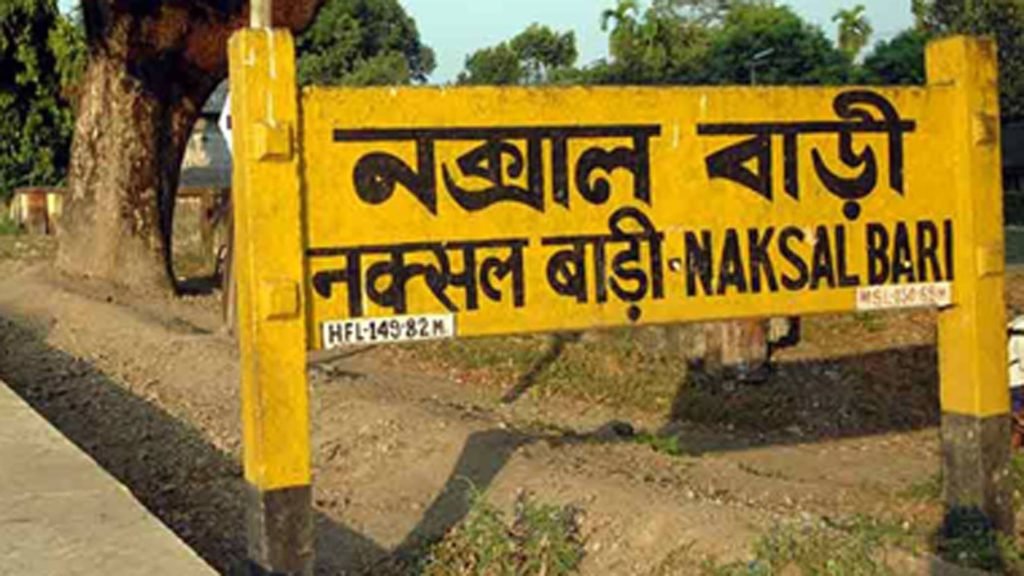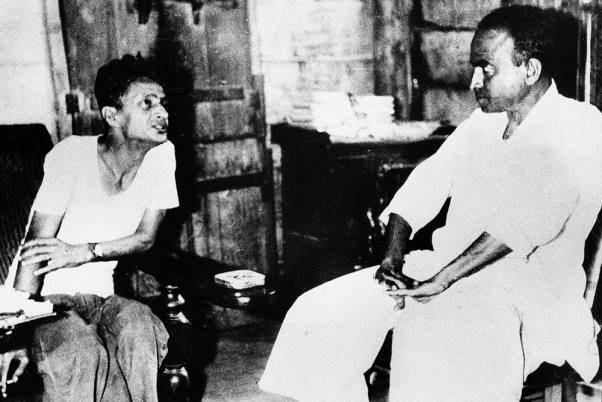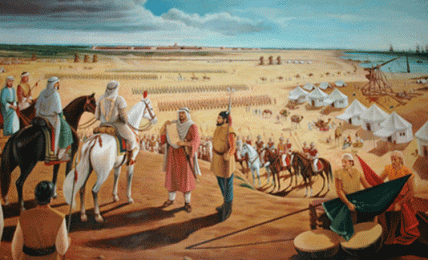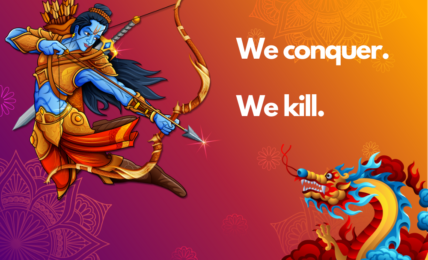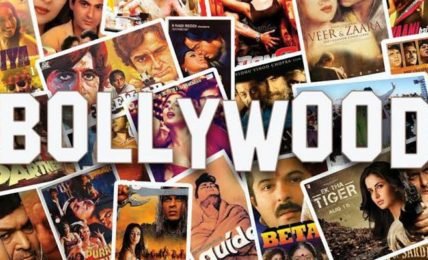NAXALS – ORIGIN OF RED TERROR
The contagion that is Left Wing Extremism or RED TERROR infects the hinterlands of our Matrubhumi. It is a very different type of terror. Red Terror uses violence to control not only territory but minds. It creates the mirage of an utopia that requires complete surrender (willing or unwilling) of its subjects. RED TERROR wages war by using the very tools that it claims to hate



